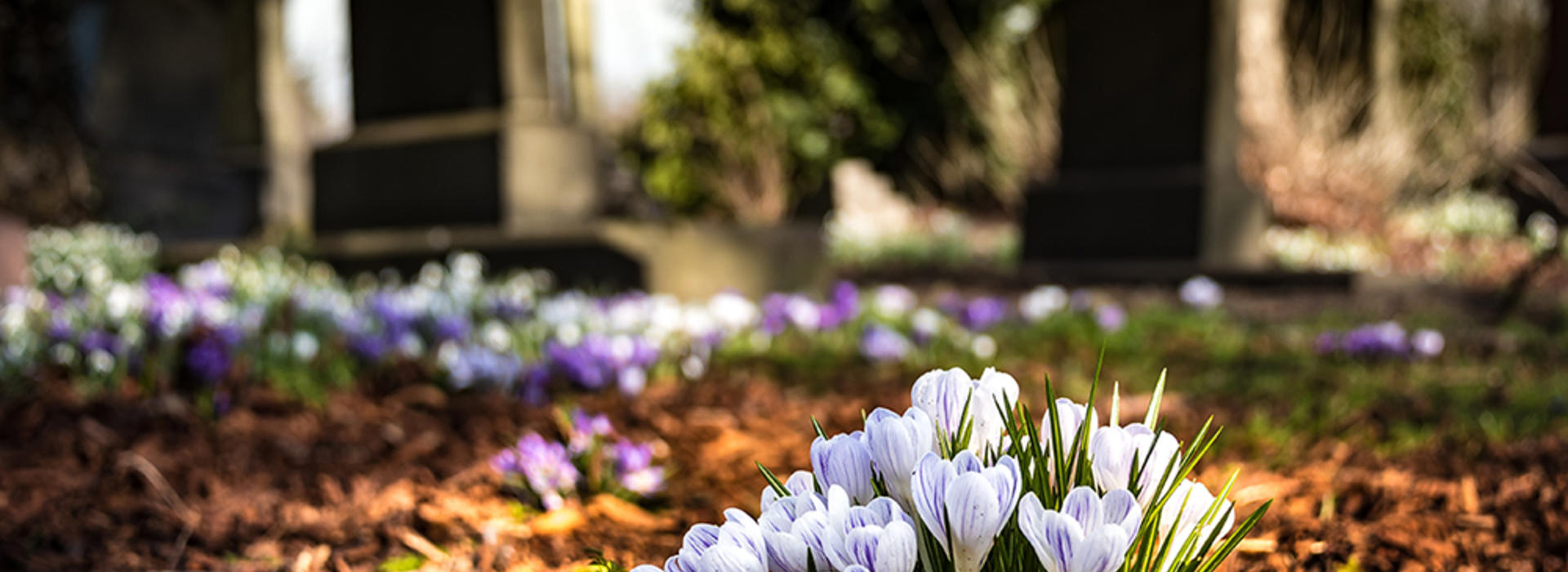
The Program of Mortuary Science Hosts Virtual Seminars to Improve Funeral Care During COVID-19
With in-person funerals on a hold because of COVID-19, the Program of Mortuary Science at the University of Minnesota Medical School is committed to helping families and funeral service practitioners come up with meaningful ways to commemorate loved ones.
Michael LuBrant, PhD, program director for the Program of Mortuary Science, acknowledged the need to address practitioners’ questions regarding the COVID-19 crisis. One of Dr. LuBrant’s colleagues, Trista Sharkey, MaED, CFSP, CCO, a teaching specialist for the program and practicing mortician at Wulff Funeral Home in St. Paul, had just finished the arrangements for someone who had passed away from COVID-19—an experience Dr. LuBrant knew many were facing across the country.
Dr. LuBrant asked Sharkey if she might develop content for a free, virtual seminar focused on unique ways to serve families and their loved ones, despite stay-at-home orders. The duo contacted funeral service practitioners and students, which brought in some attendees from beyond state borders, including Wisconsin and Florida.
“We had no idea what type of response we were going to get,” Dr. LuBrant said. “I was thinking maybe 30 people would register, and I was completely surprised when we saw 350 practitioners had registered for this webinar.”
After the seminar, a survey with follow-up questions on the attendees' experience was sent out, bringing in 110 respondents who thought the seminar was very helpful and that it met or exceeded their needs. Attendees made it clear: they wanted more seminars either on a monthly basis or at least a few times annually.
“I think it’s unique that we are the only mortuary science program at a medical school within the country, so we have these tremendous resources, and the response that we had was so positive,” Dr. LuBrant said.
Since the first seminar, Dr. LuBrant has organized several additional seminars with two goals: hearing from national practitioners in order to educate the program’s students and building a community among funeral directors to share different ideas on how to serve their client families.
“There are a lot of creative ways that families can still mourn their loved ones in the context of their community, and we want families to know that, although it may not be possible to have a service or visitation with a lot of people physically attending, there are ways of helping facilitate participation using technology in general that can still bring comfort as best we can,” Dr. LuBrant said.
Some funeral directors have recorded funeral presentations for families to view, led processions outside of the individual’s home, left food on the doorstep of families and created memory trees. One of the seminars included a panel of experts, including Brett W. McReavy, who is a funeral director at Washburn-McReavy Funeral Chapels in the Twin Cities metro area and an alumnus from the Program of Mortuary Science.
“We have many families asking to live-stream funeral and graveside services over the internet, so that people who are at home can participate and still be a part of the service. We have also been personally delivering urns to the family at their home,” McReavy explained. “We are doing our best to provide the kind, caring and nurturing type of service that funeral directors naturally give, while following the state requirements and the health of our guests and families. As a funeral director, it is tough to not be able give someone a hug or shake their hand.”
“During a time of uncertainty like this,” McReavy added. “The leadership that the University of Minnesota Mortuary Science program has shown has been on full display. As an alumnus, I am proud to be connected to the University of Minnesota and the Program of Mortuary Science.”